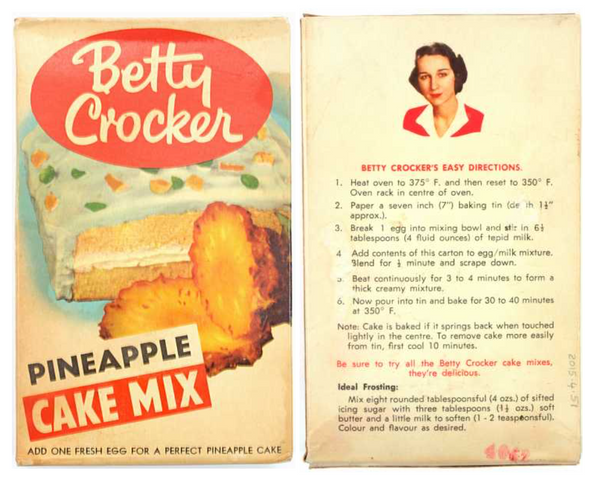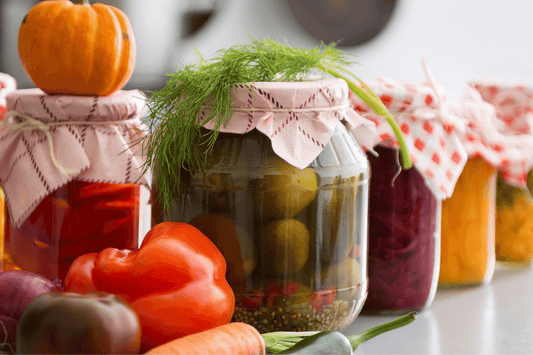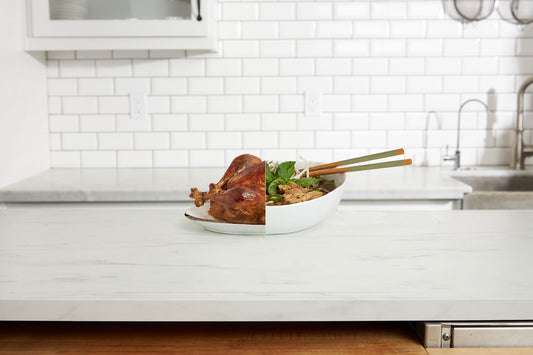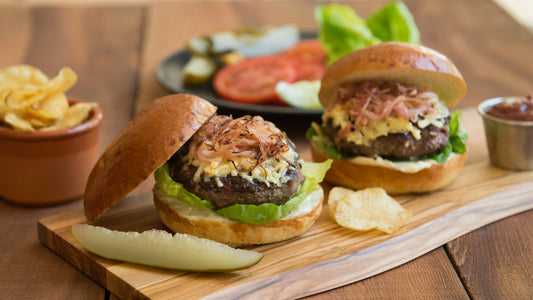By: Owen Wyatt, Christina Chonody and Julian Weisner
What is Temperature Control?
Whether you know it or not, we live in a world surrounded by temperature control. It’s what prevents your shower from scalding you, your electronics from overheating, and what keeps your house warm in the winter and cool in the summer.
Precision temperature control, while relatively new in the scheme of things, has already proved its value time and time again. Just think of your own personal precise temperature controller: your body. The average temperature of a human being is 98.6°F, even a slight change in this temperature is an indicator something is wrong. This level of precision literally keeps us alive. At the same time, this same level of precision, when used in the home makes our lives better. In the kitchen specifically, precision temperature control has helped to keep our food fresher longer and helped us produce better culinary results as both professional chefs and home cooks.
Let’s take a look at how one of the most common temperature controlled items in our kitchens works: the refrigerator. The ideal temperature for a refrigerator is between 34° F and 40° F. This temperature range creates an environment that wards off harmful bacteria and extends the shelf life of food. Likewise, the ideal temperature for a freezer is at or below 0°F, any overlap between the two would cause serious harm to your food. Imagine if your refrigerator got too cold and exploded all of the beer in the fridge, or if your freezer got too warm and melted all of your ice cream. Both of these systems are working to maintain consistent, precise cold environments to ensure your food is fresh; in spite of you standing there with the door open trying to figure out what’s for dinner. Each system is constantly monitoring what the temperature is and adjusting. This responsive temperature control is what keeps your food safe.

Temperature control systems like the refrigerator have been a long time coming. It feels like it must have been long ago that we were building houses around the need for a cellar to keep our food cold, or ensuring proper ventilation for the wood-burning stoves when we needed to cook food. Yet, neither the home refrigerator nor the temperature-controlled oven began making their way into American homes until the beginning of the 20th century!
Home cooks went from burning coal and wood in their ovens, to using gas and even electricity to prepare their food. In 1915 the American Stove Company produced its first oven with a thermostat. Up until this point, the home cook had to be extremely skilled and have a thorough understanding of how to regulate temperature. Cookbooks preceding the self-regulating oven were highly dependent on visual cues and a sense of feel that varied from one cook to another. Common practices involved using a piece of toast to indicate how hot your oven was. This is one of the many reasons the professional skill of baking and cooking required years of practice and training.
When you can control temperature, all cooks create consistent results, regardless of skill level.
The introduction of the self-regulating oven, not only changed the way people cooked, but it allowed them to share recipes in a way that produced a greater degree of consistency. By the 1950s, just over 35 years after the introduction of the temperature-controlled stove, manufacturers like Betty Crocker had introduced boxed cake mixes with directions that included both time and temperature resulting in consistent (and delicious) cakes for every home cook.

As you can see by the plethora of cake mixes at your grocery store today, the introduction of precision temperature control has led to a renaissance in the kitchen. The range of electronic appliances available is astounding! Temperature-controlled griddles, fryers, waffle makers, teapots, smokers, and even temperature-controlled blenders. In many ways, these appliances have been able to distill years of training into a tool that helps the average home cook accomplish incredible things they couldn’t have dreamt of- crispy waffles, fluffy scrambled eggs, juicy smoky pulled pork, and even risotto. With all things “tech” this trend has only been accelerating over the years, not just in the number of appliances, but in their ability. In the last 30 or so years, we have seen entirely new forms of cooking birthed out of precision temperature control systems. To note, one of the most significant new forms of precision temperature cookery is Sous-Vide cooking.
Precision cooking tools like immersion circulators (sous-vide devices), electric smokers, and smart ovens offer both the professional chef and the home cook a guarantee that their results will be perfect and consistent from the first cook to the last. With precision temperature control we don’t need to “figure out our ovens” and we don’t need to stress about ruining nice ingredients. We are empowered to be creative and confident.
Your Stove is Broken!
So far our story has excluded the most important appliance in our kitchens: the stove! All of this innovation in our kitchens and homes seem to have forgotten the place where we make most of our food. Enter the Hestan Cue Smart Cooking System. In 2015 Hestan Smart Cooking pioneered temperature sensing cookware that works with an induction cooktop to create the world’s first precision temperature-controlled smart cooking system.

Our temperature sensing cookware, like our 11” saute pan, reads the temperature through a sensor embedded inside the tri-ply stainless steel body. This temperature is communicated via Bluetooth to the Hestan Cue App on your device. The app knows the proper temperature and commands the burner to apply heat when necessary. This breakthrough allowed us to develop recipes and prepare food with a level of precision to produce specific culinary outcomes like never before.
Precision temperature control makes terminology like low, medium, and high a thing of the past.
Temperature is the difference between your Salmon fillet sticking on high or sliding off the pan at 450˚F; the difference between scorching your garlic on medium-low or producing a savory aromatic at 300˚F; or the difference between throwing away that first weird pancake on medium or producing an instant golden brown delicious one every time at 400˚F. That’s why precise temperature control matters. It distills professional skills and places them in everyone’s hands.
Do you want that perfect Instagram worthy fried egg? With Cue, just set your pan to 250°F and get cracking. Looking to perfectly sear scallops but too intimidated to try? Set the temperature to 450°F and achieve the same results they do in professional kitchens. Just like baking a cake or a roast in your oven, you are still the one cooking, now you just have more control. You are the master of your own destiny with the highest-powered weapon in the game!
Looking more temperatures to cook with? Check out Cooking Off the Charts for our precision temperature chart.
We’ve worked to not only bring precision temperature control to the stovetop but to rethink what a recipe can be because of it. Now that we can communicate stovetop recipes in time and temperature, we can create guaranteed results. In the Cue app, we have developed over 500 video-guided recipes that not only teach you new skills but really allow you to delve into the abilities of temperature control cooking.

Think of how your oven has different settings for bake, convection, roast, etc, well you actually do the same thing on the stove, you just don’t know it. Through the use of culinary science, we have distilled these different techniques into an easy to use system.
Temperature Control is the Key to Culinary Consistency. Read more in How Techniques Got a Temperature.
For instance, if you are braising or slow cooking we slowly apply heat to maintain the perfect braising temperature without scorching; or if you are searing or frying we can use the entire power of the system to maximize color and flavor. There are programs (think recipes) for Chewy Caramels, Fried Chicken Tenders, Pan Seared New York Strip Steak, Long Grain Rice, you name it. If you can cook it on the stove, you can cook it better, faster, easier, and with more success with Cue.
The Hestan Cue System is constantly improving and reimagining what it means to use precision temperature control in the kitchen. We see a future in which all cooks at any level are empowered by its benefits.
We love to see what you are cooking on Cue. Look for more inspiration and share your recipes or ask our Chefs for advice in our Facebook community.
For more recipe inspiration check out the Cue app, where you can discover over 500 chef-crafted recipes, all with step-by-step video guidance from prep to plating. Download the Hestan Cue app for iOS and Android and learn more about precision cooking with Cue, and all the things you can do!



